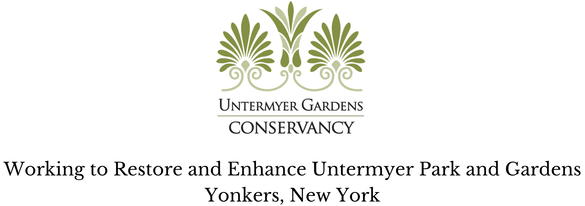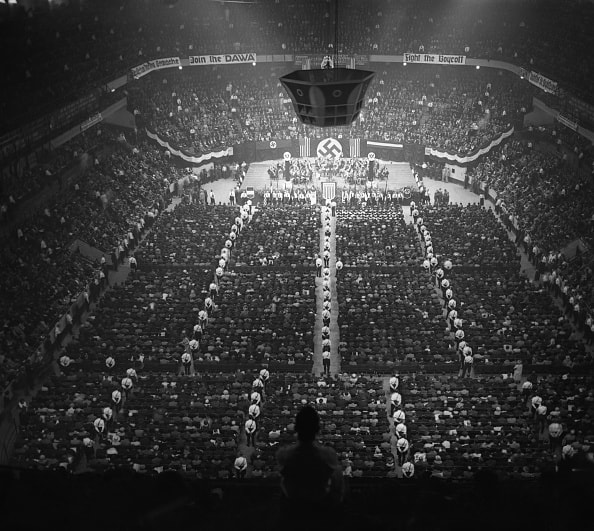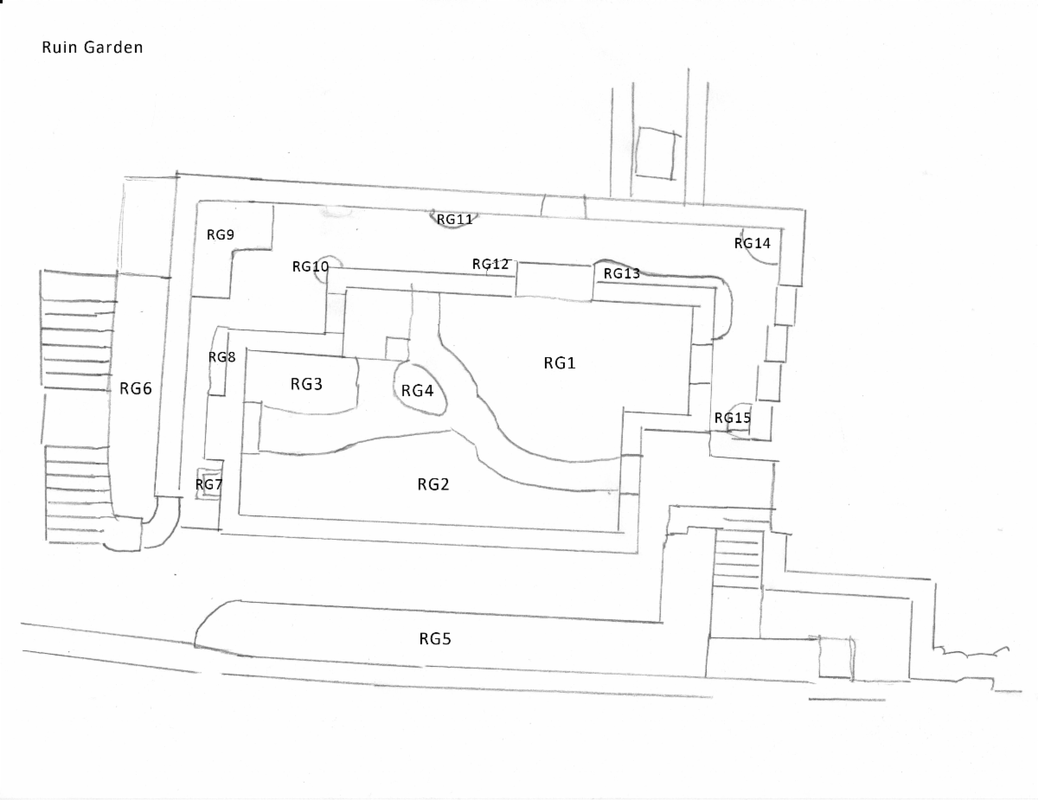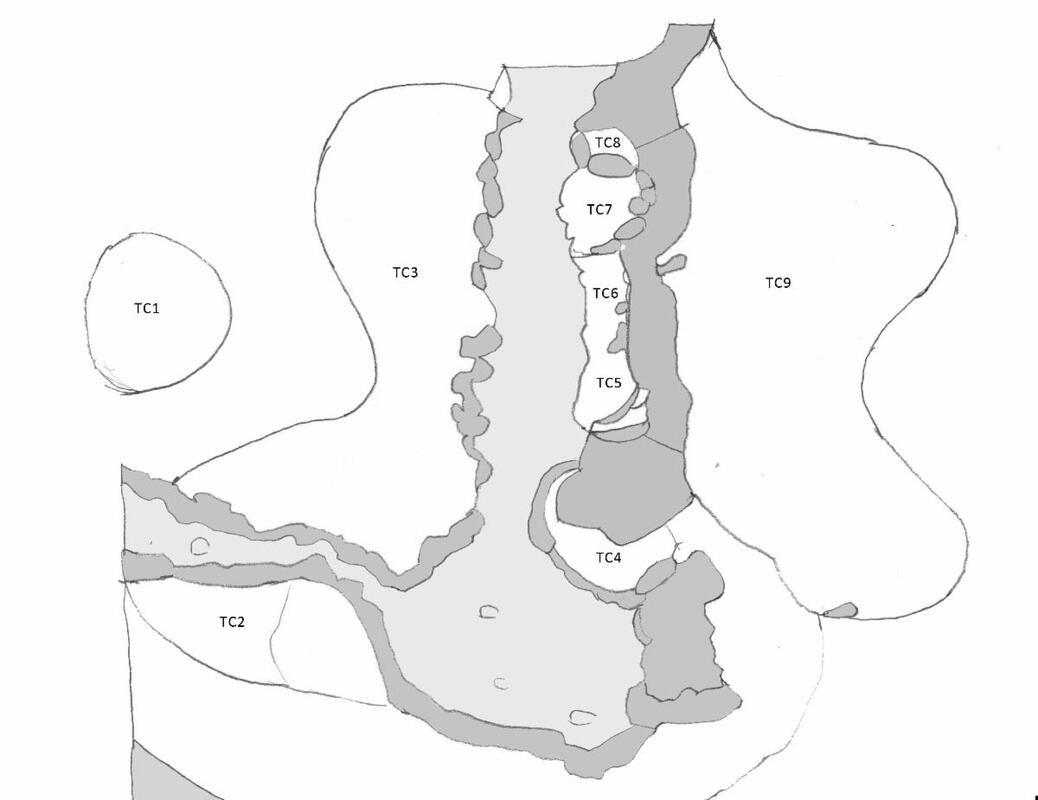Dear Friends of Untermyer Gardens,
When the garden is sleeping, we find time to burrow into our archives and unearth more history about Samuel Untermyer. Such was the case with an article from the New York Times, dated May 18, 1934.
“20,000 Nazi Friends at a Rally Here Denounce Boycott” describes a huge crowd at Madison Square Garden with swastika banners protesting the “unconstitutional Jewish boycott” of Germany by the Non-Sectarian Anti-Nazi League, led by Samuel Untermyer. (This nonsectarian organization, founded in 1933, debunked Nazi propaganda and tried to cripple Germany through an economic boycott.) Twenty men outfitted as German stormtroopers stood in front of the stage arrayed with German and American flags.
The author wrote that “Boos were heard frequently…especially at the mention of Samuel Untermyer…Mr. Untermyer’s name also met with shouts of ‘Hang him! Hang him!’”
One of the Nazi supporters declared that it was “preposterous to allow Samuel Untermyer to interfere with the duties and functions of our State Department and its handling of its foreign affairs…I can find no report in which the American people elected him to speak for their government…‘Hands off, Untermyer!’”
Another speaker asked, “Who is acting contrary to the interests of this country? It is that portion of the Jewish people who has placed itself under the leadership of the boycott general, Samuel Untermyer…who are waging a private war against Germany…It is you, Mr. Untermyer, with your limitless incitement against Germany, who have broken the peace which prevailed here in America. It is you who has poisoned American public opinion against Germany.” Untermyer, himself a German-American, had long appreciated German culture. He was opposed to Nazism, not Germany.
Near the conclusion of the rally, pointing to the stormtroopers near the stage, a speaker said, “They are good enough Americans to some day apply their hands to the strangulation of Jewish domination of America.”
Nazi Germany was closely monitoring Untermyer’s movements and did its best to discredit him and his movement. In 1938 he stepped down, owing to poor health. Dying in 1940, he did not live long enough to see how right he was.
Kind regards,
Stephen F. Byrns
President, Untermyer Gardens Conservancy
















 RSS Feed
RSS Feed